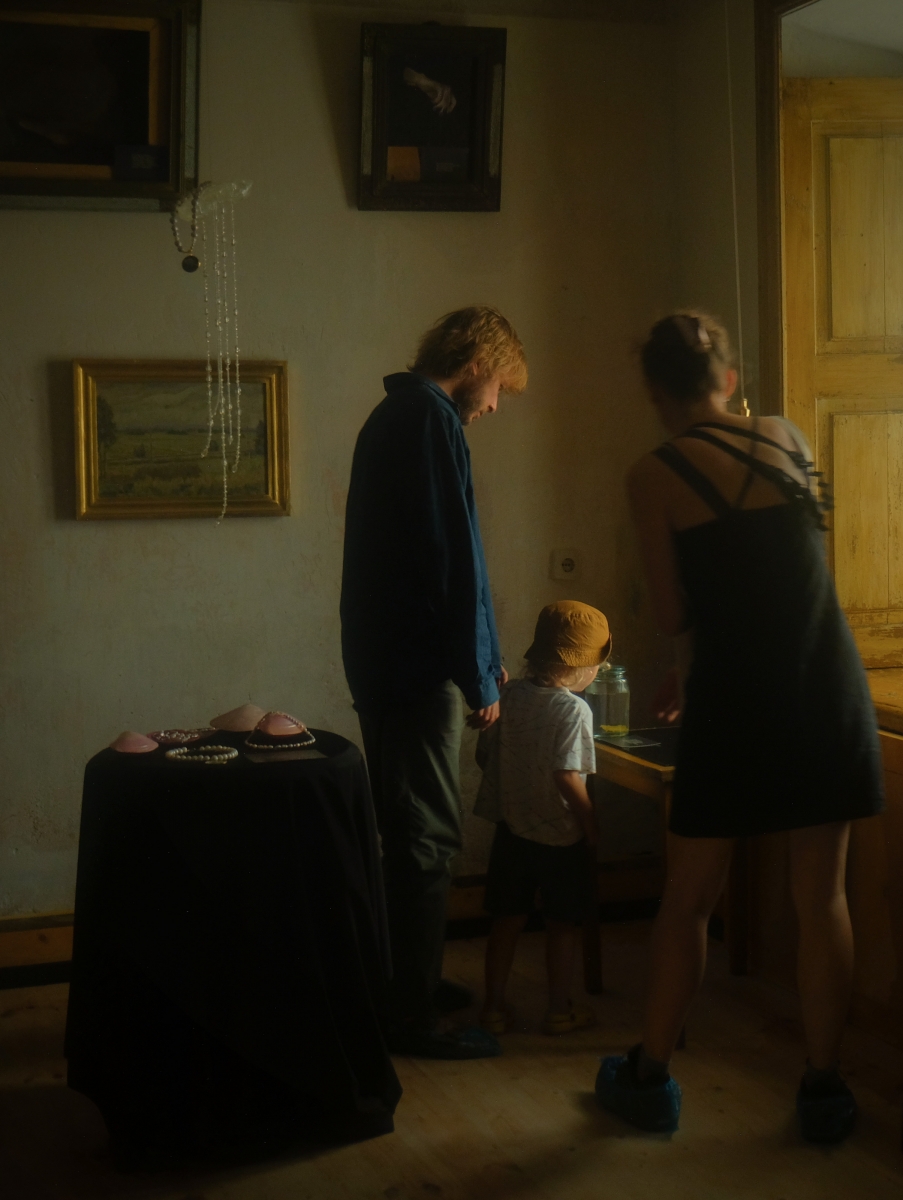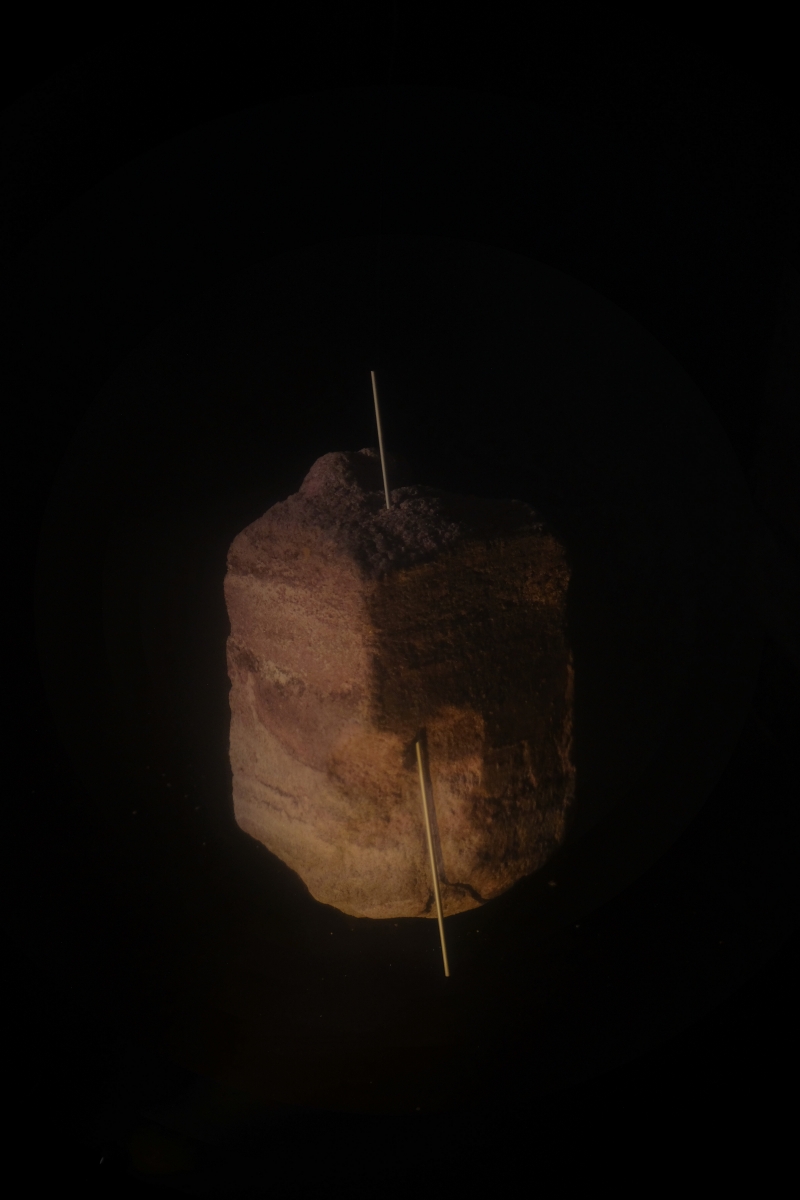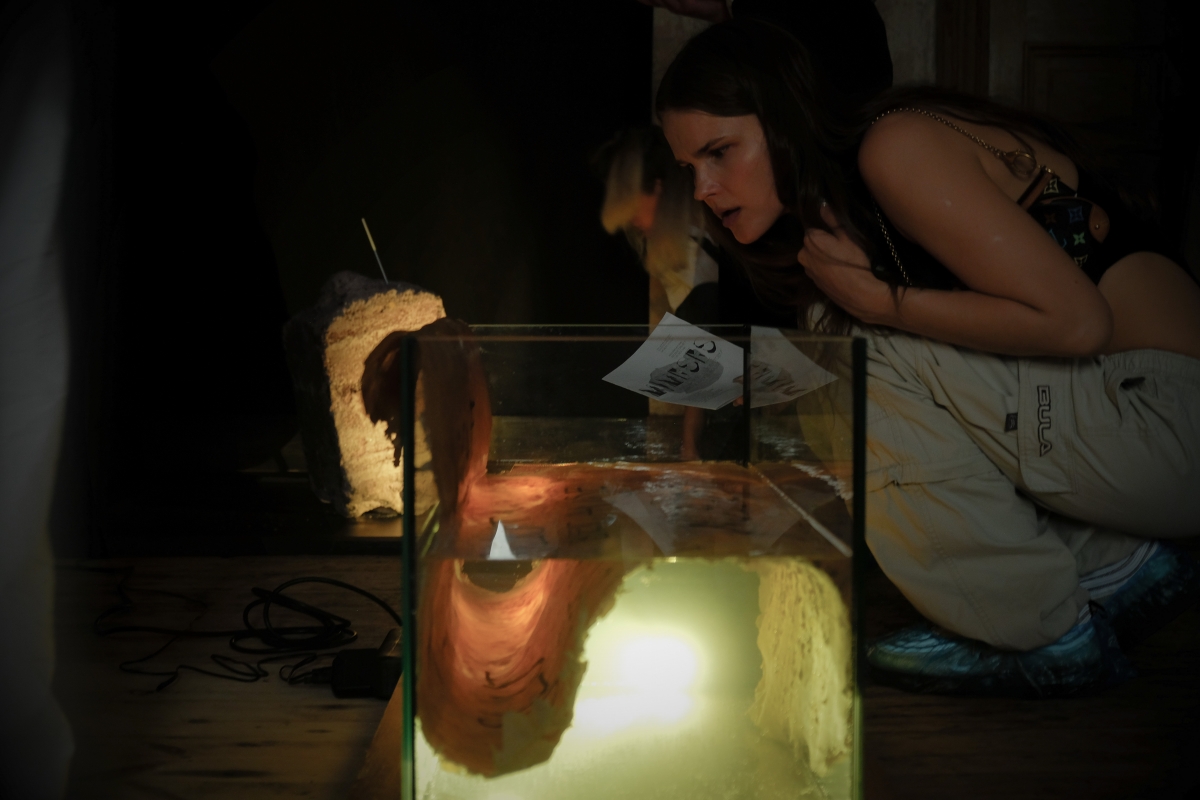Group exhibition “Mimeses” is part of the project “Aikas Žado Laboratory: Center of Biomimetics”. Later on, the exhibition can be visited until 1st of October if agreed via +37061002855 or info@aikaszadolaboratory.com. Visiting the exhibition not on the opening night is subject to a fee: all received income will be allocated to the restoration works of Žeimiai Manor House.
Participating artists: Domas Noreika, Delphine Lejeune, Aistė Ambrazevičiūtė, Eglė Ambrasaitė, Ieva Marija Andrulytė, Enrika Stanulevičiūtė, Ieva Gudelaitytė, Aušra Vismantaitė-Silva, Jerzy Zieliński
Curator of the exhibition: Eglė Ambrasaitė
Architect of an exhibition: Domas Noreika
Designer of the exhibition: Aušra Vismantaitė
Artwork image used for cover: Helin Sahin
Font: Gailė Pranckūnaitė
Organizatorius: Aikas Žado Laboratory
Koordinatorius: Asociacija “Aikas Žado”
*Aikas Žado Laboratory is a contemporary art device, constructed in Žeimiai manor house. Aikas Žado Laboratory is organized as an individually collaborative artwork of the artist Domas Noreika, as well as a communal artwork. Part of its programs are administered, coordinated and ideologically developed by the Aikas Žado Association. The main activities of the Laboratory are practical experiments related to the management of cultural heritage objects and the combination of discoveries, methods, techniques and knowledge in the fields of contemporary art, science and culture. The main principles of the Laboratory’s activities are illustrated by the application of conservation, prevention and restoration systems in the Žeimiai manor house. At the Laboratory, the team collects and tests historical materials, organizes scientific research and exhibitions, and presents cognitive expeditions that showcase specific solutions and methods of turning the manor house into a contemporary artwork.
“Mimeses”
In the short PBS documentary “Octopus: Making Contact” (2019) we hear how marine biologist, David Scheel, describes the ever-changing textures and colors of the sleeping octopus Heidi’s skin, trying to playfully narrate her dreams. Clarifying that Heidi’s dreaming is a conjecture (it has not yet been scientifically proven that octopuses can dream), the excited scientist assures us that if Heidi is indeed dreaming, then what we are witnessing is a truly dramatic moment. I’ll explain why right away. It is spectacular enough that with the help of chromatophores in their skin, octopuses are able to quickly change their appearance, thus simultaneously communicating and disguising themselves. However, if what we are seeing is indeed Heidi’s dream, it would mean that this impressive creature is able to mimic and blend into an environment that does not exist, thus creating an imitation of a non-existent original. Even if the seascape that provoked her ‘dream’ doesn’t exist (she didn’t actually catch a crab and she didn’t hide to eat it), her camouflage performance, which, importantly, can be read by other sea creatures, is real. The possible dream of the octopus reminded me of a passage from the “Gender Trouble,” where Butler writes that “[…] gay is to straight not as copy is to original, but, rather, as copy is to copy. The parodic repetition of “the original” […] reveals the original to be nothing other than a parody of the idea of the natural and the original (Butler 1990:31). Speaking about performativity in the context of gender and sexuality, Butler argues that our gender performances are predetermined and constituted by the norms that outline and support the gender regime, and we can only ‘perform’ gender by taking into account the repeatability of these norms (known forms and patterns of behavior). The citability of gender and sex limits us in places where our performativity could break away from the constant repetition of ‘ideals’. However, the very fact that we have to constantly repeat these norms shows their instability and the possibility of the collapse of the non-existent ‘original’. After all, as Butler stated, power is ambivalent and must be perceived with its immanent possibility of resistance: paradoxically, only a subject constrained by norms can slip through the ambivalent crack. In addition, as Lacan once argued in his 11th seminar on the Gaze, self-formation and self-performance shape the gaze of the other, and the impression created can be manipulated in a variety of ways, including ideas and practices of deception, assimilation, and invisibility (Lacan 1977:99). Thinking with and about (possibly) dreaming octopus and the non-existent original of the seascape projected by her body, the artists participating in the group exhibition “Mimeses”, invite us to look further beyond what is considered to be ‘original’, by looking at the practices of mimesis and camouflage without the aftertaste of humanistic/moral dishonesty. Perhaps the seedbed of the possibility for the marginalized working class, heterogeneous non-white, non-heteronormative queer communities, and becoming in species will find itself stemming from here?
Photography: Enrika Stanulevičiūtė










































